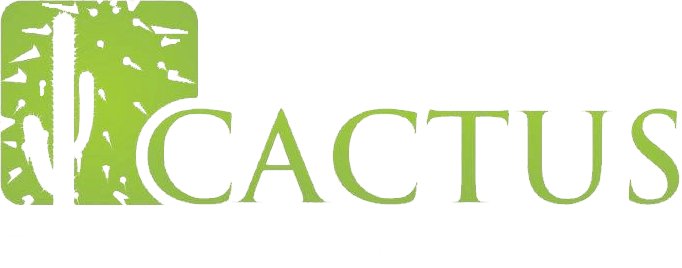
When it comes to investing, it’s probably stock markets and shares that come to mind. Yet the average investment portfolio uses various asset classes to deliver returns and manage risk. One important part of your portfolio may be bonds.
Bonds can also be known as gilts, coupons and yields, which, along with other financial jargon, can make it difficult to understand how they fit into your financial plan. This quick guide can help get you up to speed.
What is a bond?
In simple terms, a bond can be thought of like an IOU that can be traded in the financial market.
Bonds are issued by governments and corporations when they want to raise money. When you purchase a bond you effectively become the issuer of a loan, receiving payments for the loan in the future. There are typically two ways that a bond pays out:
- A lump sum when the bond reaches maturity
- Smaller payments over the term, this is often a fixed percentage of the final maturity payment
If you’re viewing a bond as a loan, the lump sum at maturity would be like receiving your initial investment back whilst the small payments are equivalent to interest incurred. Bonds can be a useful asset to invest in if you’re focused on creating an income rather than growth.
Unlike stocks, you don’t have any ownership rights when you purchase a bond. As a result, you won’t benefit if a company performs well and you’ll be somewhat shielded from short-term stock market volatility too. Whilst all investments carry some risk, bonds are usually classed as a lower-risk asset than traditional stocks and shares.
That being said, it is possible to lose money when investing in bonds. This may occur if the issuer defaults on payments or you sell a bond for less than you paid. You should consider investment time frames, goals and risk before you decide to purchase government or corporate bonds.
Buying and selling bonds
Individual investors can purchase bonds, usually through a broker, as can professional investors, such as pension funds, banks and insurance companies. Initially, government bonds are often sold at auctions to financial institutions with bonds then being resold on the markets.
If you buy a bond, you have two options: hold or trade.
If you choose to hold a bond, you simply collect the regular repayments and wait until it reaches maturity, when you’ll receive a lump sum.
However, there is also a secondary market for selling bonds to other investors. If this is your plan, the fluctuations in price are important to consider as well as the value the bonds offer other investors. If you intend to sell, it’s important to understand the maturity and duration of the bond, as well as understanding the demand in the secondary market.
Whilst we’ve mentioned above that bonds can shield you from some of the stock market volatility, that doesn’t mean bond prices don’t change. Numerous factors can affect the value of bonds, from the interest rate and other governmental policy to the demand for bonds. These movements can affect the expected yield, which can end up negative meaning the repayments add up to less than what you paid.
How do bonds fit into your investment portfolio?
Bonds are just one of the assets that are used to create an investment portfolio that suits you.
If you’re investing for income, rather than growth, choosing bonds to make up a portion of your portfolio can deliver a relatively reliable income stream.
One of the key things to consider when investing is your risk profile. Typically, bonds are considered less risky and experience less volatility when compared to traditional stocks. As a result, they can be used effectively to help manage investment risk. The lower your risk profile, the more likely it is that your portfolio will include a higher portion of bonds. Of course, other assets can be used to adjust and manage your risk profile too and not all bonds have the same level of risk.
The most important factor when creating an investment portfolio is that it matches your risk profile and goals. If you’d like to chat to us about how bonds are used to balance your portfolio, please get in touch.
Please note: The value of your investment can go down as well as up and you may not get back the full amount you invested. Past performance is not a reliable indicator of future performance.
